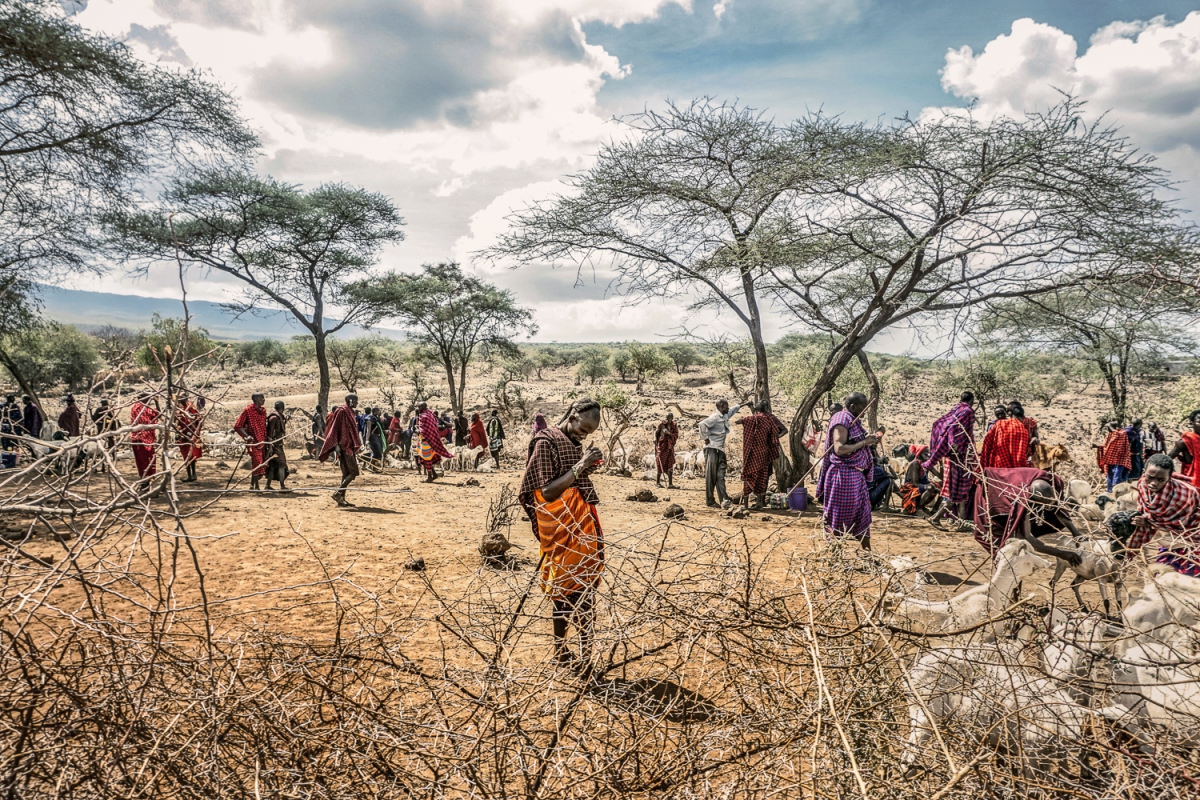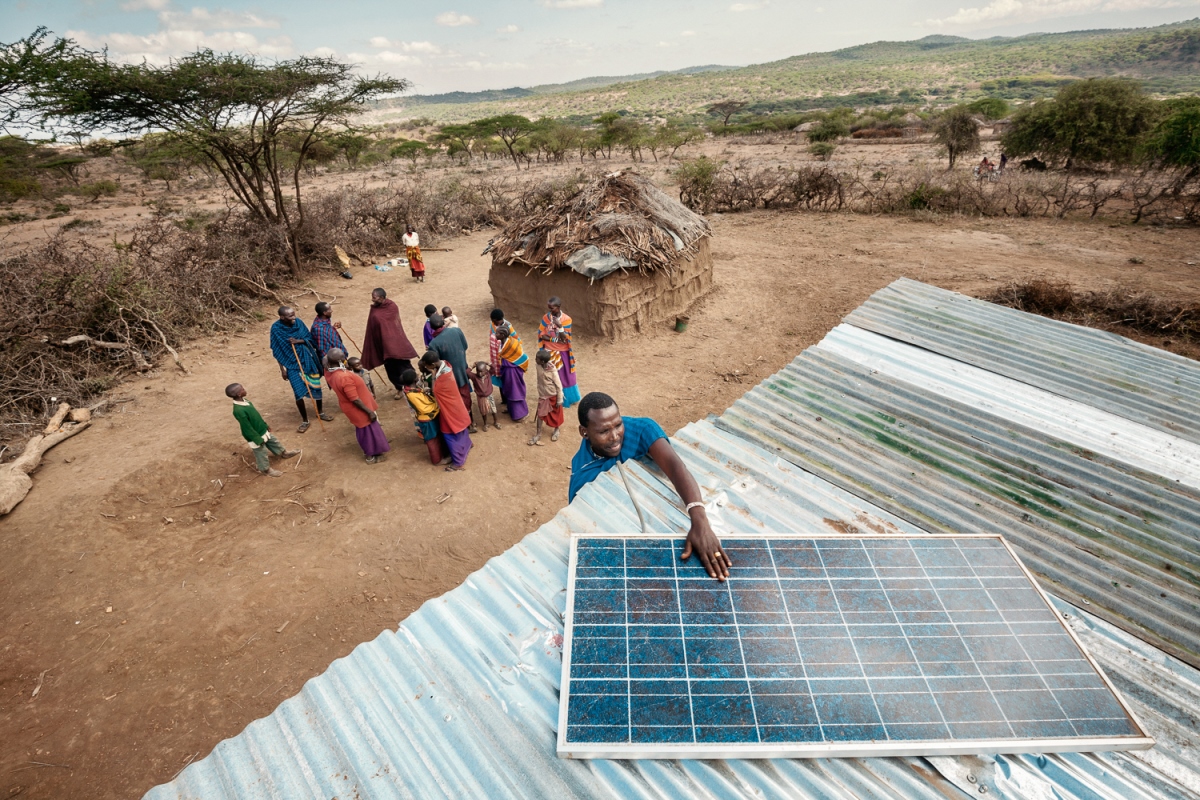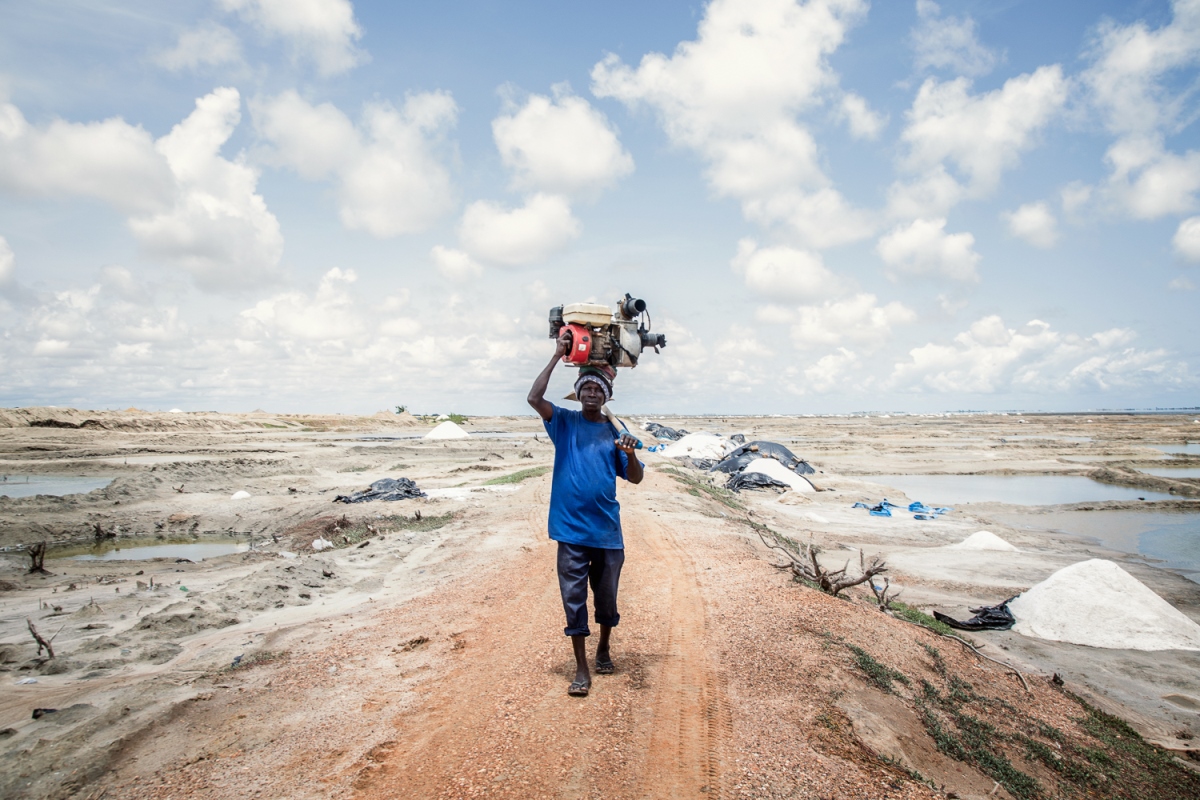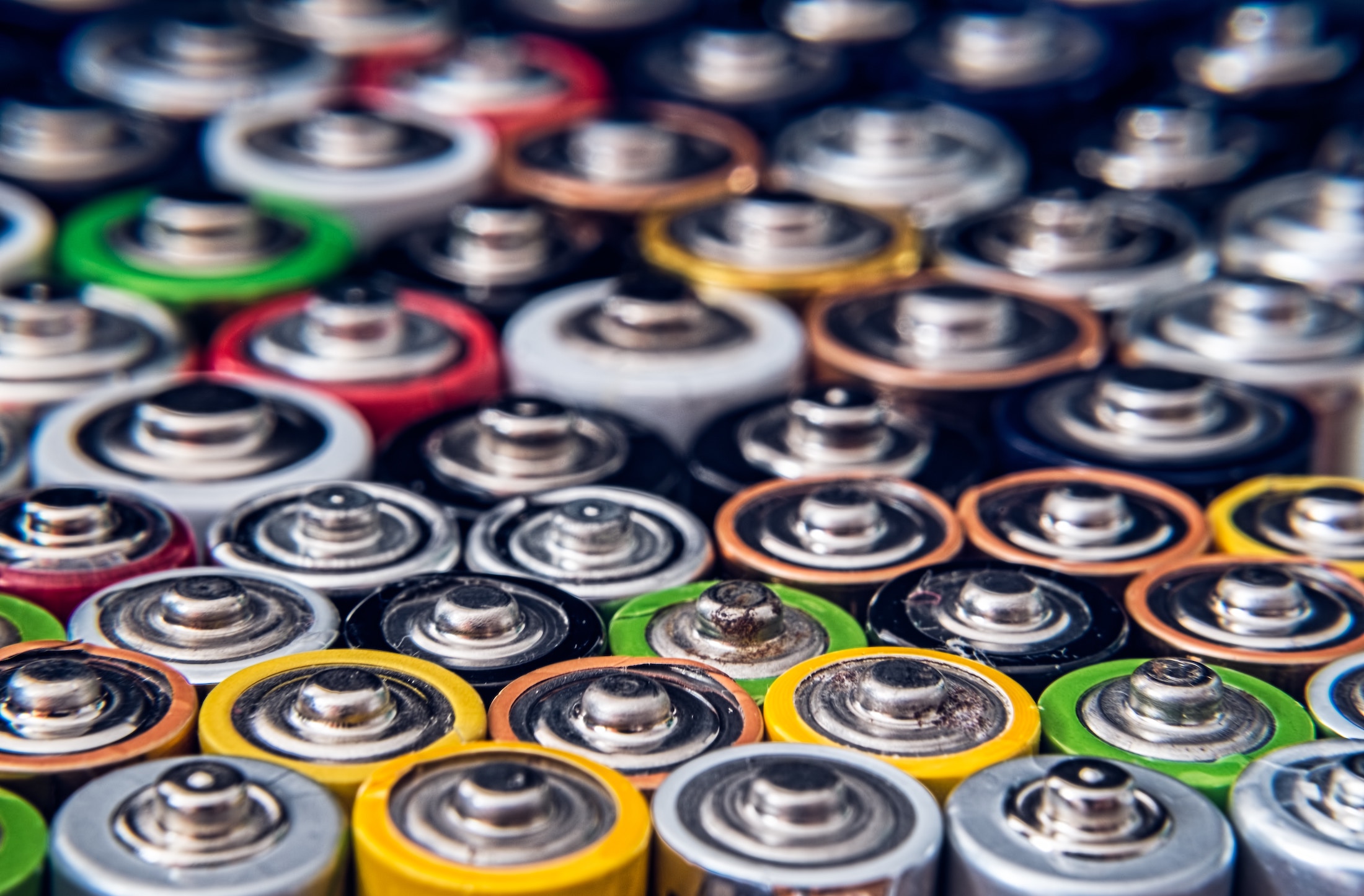We live in an era where production and consumption issues are strongly connected with environmental, economic, and ethical ones.
Shining light on global problems of extreme urgency, such as energy poverty, is far from trivial. Telling the true energy stories of people throughout the world is necessary for outsiders to get an idea of the real issues and situations currently faced by millions of people.
That is why, since 2017, I have worked on Energy Portraits. It is an ambitious project to document the social inequality of a quarter of the world’s population that still lives without having access to electricity. I have been able to do this with the kind support of the World Access to Modern Energy (WAME) Project and the Fondazione AEM.





It is not easy to communicate and inform people about the many obstacles related to lack of access to energy. Data, graphs and numbers are often difficult to relate to. Photography overcomes this problem and brings the issues and obstacles straight to the people. I feel that through photography I can raise awareness and gain a more direct access to people’s hearts.
Africa was my primary target because two-thirds of people without access to energy live in the “black continent”. Indeed, when looking at a satellite photograph of the world, Africa is the black continent, as you see only a few bright spots that mark the cities of Lagos, Cairo, Johannesburg and Nairobi. For the rest of sub-Sahara Africa, you see a shadow that extends over a very vast surface.
When I started my first mission in Africa the first questions I asked myself were: “What is energy made of? Where do I find it? How do I recognise it, and how do I photograph it?” Although these were all relevant to the photo reportage, the question that concerned me the most in an immediate sense was: “how will I charge my camera’s batteries every night?”
I am a digital photographer, and as such, I need significant energy to power my work devices, including a camera, batteries, telephone and laptop. Soon I discovered that to carry out this long-term project, I had to adopt strategies for saving and optimising the energy needed. The strategies I adopted included not playing video games during long journeys, not revisiting photographs just taken, limiting phone calls, and having dinner in the dark. I also started to go to the barber every other day to take advantage of the charging facilities available to customers: a shave and a recharge, two for the price of one!






Eventually, I met the Maasai people and stopped complaining. The Maasai is one of the oldest African tribes, yet they are also very skilled in using modern technology. Every Boma, a small group of traditional houses made of mud and straw, stretching from Kilimanjaro and the Great Lakes, is equipped with modern solar panels on their roofs.
My personal motto after meeting the Maasai is: “Less is more” or rather “more with less”.
Indeed, I have adopted this principle ever since meeting the Maasai by producing more with less. I did this when travelling to Tanzania, Kenya, Ghana, Bolivia, and India. I produced fewer yet better photos using less electricity. In the process of being energy efficient with my electricity consumption, I discovered and used a little more of my inner energy. I still find myself reflecting on this motto when I am working. We all need to produce more with less, and the inner energy we all have will go a long way to help us seek, find and strive for more sustainable solutions in our everyday lives.
Energy poverty
Modern energy allows us to power our innovative electrical and electronic devices such as phones, tablets, computers and other appliances. Inner energy, on the other hand, allows us to find and live “smart” in our everyday life.
I’m not here to generate any spectacle or to look for any attractive shot that could bag me some award. I’m here to give voice to those who do not have one, to shine a light where there is a need for things to be understood. I’m here to find the best, most human, most comprehensible way, to tell a useful story, to provide information on a situation, to offer a testament.
Marco Garofalo
The speed with which many of us chase digital comfort is astounding. We seek a life increasingly made up of connections and cookies, without fully understanding the direction of this crazy ride. We are willing to sleep on the sidewalk in front of a department store to ensure the purchase of the latest mobile phone. This race is in stark contrast with those less fortunate who do not have access to the grid, and no light bulbs to light homes, schools, health clinics or hospitals.



However, not having access to sufficient energy is a phenomenon that is not only prevalent in the Global South. It also relates to those that cannot access basic energy services or are unable to afford a heating or cooling system that is satisfactory for one’s well-being. This is also called “energy poverty”, and it is a growing problem in the Global North.
Energy poverty is likely to worsen in the coming years due to the impact of the coronavirus pandemic and the increase in energy prices. Unfortunately, added to an already complex energy situation, the impact of the recent war in Ukraine highlights how dependent we are on fossil fuels and the reckless consumption of natural resources. It is time to change these bad habits and expensive comforts with new and more sustainable ones.
The role of visual storytelling
While my work tries to shine a light on some of the global problems and inequalities needing immediate attention, it also strives to highlight the efforts that individuals, associations, and public and private entities are making to combat energy poverty and to adopt an effective energy transition or simply tell original stories related to energy.
Creating visual storytelling made up of reportage and portrait photographs, video interviews, direct testimonies of end consumers, whether virtuous or in difficulty, helps us better understand the infinite connections between the production and consumption of energy. It allows us to distinguish between necessity and waste. It allows us to reflect on how difficult it is for some to simply find or get access to energy while others challenge the desire to be increasingly “green”.
The book Energy Portraits, published by Mondadori Electa, is only the first chapter of this large and complex project and focuses on the “Global South”. Currently, I am working in Italy and Europe on the theme of “energy communities” and the happy boom they are experiencing.
In the coming months I will travel to the “Global North”, documenting fewer problems and more solutions and testimonies of human ingenuity to develop better energy sharing and healing of our battered planet.




Marco Garofalo has worked as a photo reporter for over 25 years focusing on social and cultural issues, mainly between Milan and the African continent. He has also worked on a range of architecture projects and personal research studies. As co-author of Energy Portraits, the themes of energy and environment have been at the center of his work allowing him to collect many stories made of pictures and descriptions about energy access, energy poverty, and energy transition. His work has been published and exhibited in magazines and galleries, and The Energy Portraits reportage featured in galleries and festivals such as Cortona on the move, shortlisted for the SONY World Photo Award in 2020, won the InnoEnergy 2019 award in Copenhagen, and the Energia Italia in 2018. In November 2021 his pictures were displayed during the Glasgow COP26 in the Sustainable Energy for All SDG7 Pavillion.
Energy Portraits project was shortlisted as one of the best climate communication projects running for the CMCC Climate Change Communication Award “Rebecca Ballestra” 2021.







